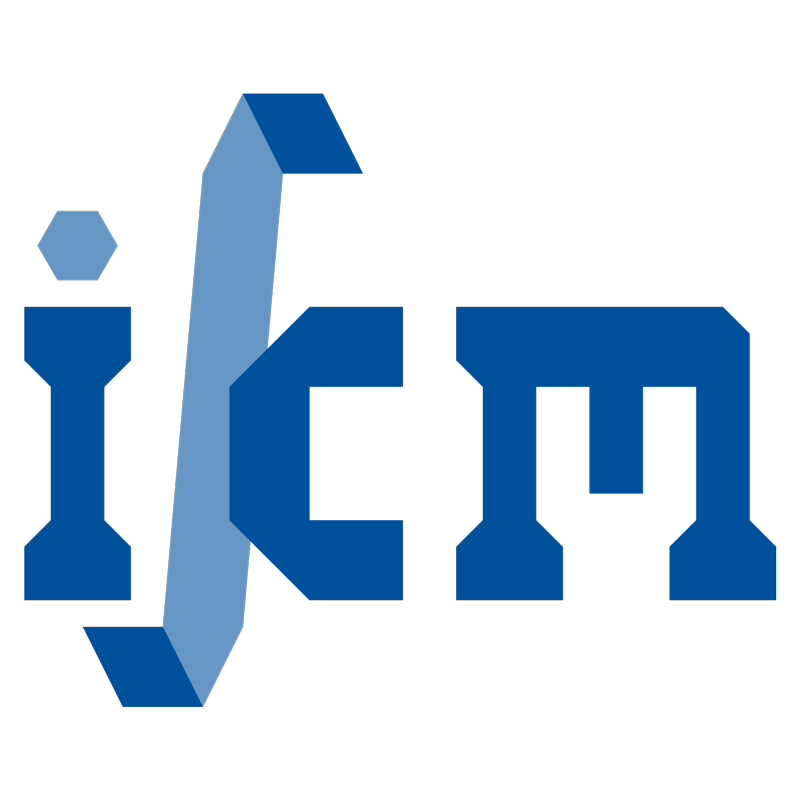Electro-magneto-mechanically response of polycrystalline materials: Computational homogenization via the Virtual Element Method
- authored by
- Christoph Böhm, Blaž Hudobivnik, Michele Marino, Peter Wriggers
- Abstract
This work presents a study on the computational homogenization of electro-magneto-mechanically coupled problems through the Virtual Element Method (VEM). VE-approaches have great potential for the homogenization of the physical properties of heterogeneous polycrystalline microstructures with anisotropic grains. The flexibility in element shapes can be exploited for creating VE-mesh with a significant lower number of degrees of freedom if compared to finite element (FE) meshes, while maintaining a high accuracy. Evidence that VE-approaches outperform FEM is available in the literature, but only addressing purely-mechanic problems (i.e. elastic properties) and transversely anisotropic materials. The aim of this work is twofold. On one hand, the study compares VE-and FE-based numerical homogenization schemes for electro-mechanically coupled problems for different crystal lattice structures and degrees of elastic anisotropy. Within all considered materials, the VE-approach outperforms the FE-approach for the same number of nodes. On the other hand, a hybrid microstructure made up by both electro-mechanical and magneto-mechanical grains is investigated resulting in an electro-magneto-mechanically coupled microstructure. Again, VEM provides a more accurate solution strategy.
- Organisation(s)
-
Institute of Continuum Mechanics
- External Organisation(s)
-
Tor Vergata University of Rome
- Type
- Article
- Journal
- Computer Methods in Applied Mechanics and Engineering
- Volume
- 380
- ISSN
- 0045-7825
- Publication date
- 07.2021
- Publication status
- Published
- Peer reviewed
- Yes
- ASJC Scopus subject areas
- Computational Mechanics, Mechanics of Materials, Mechanical Engineering, General Physics and Astronomy, Computer Science Applications
- Electronic version(s)
-
https://arxiv.org/abs/2008.01516 (Access:
Open)
https://doi.org/10.1016/j.cma.2021.113775 (Access: Closed)
-
Details in the research portal "Research@Leibniz University"


